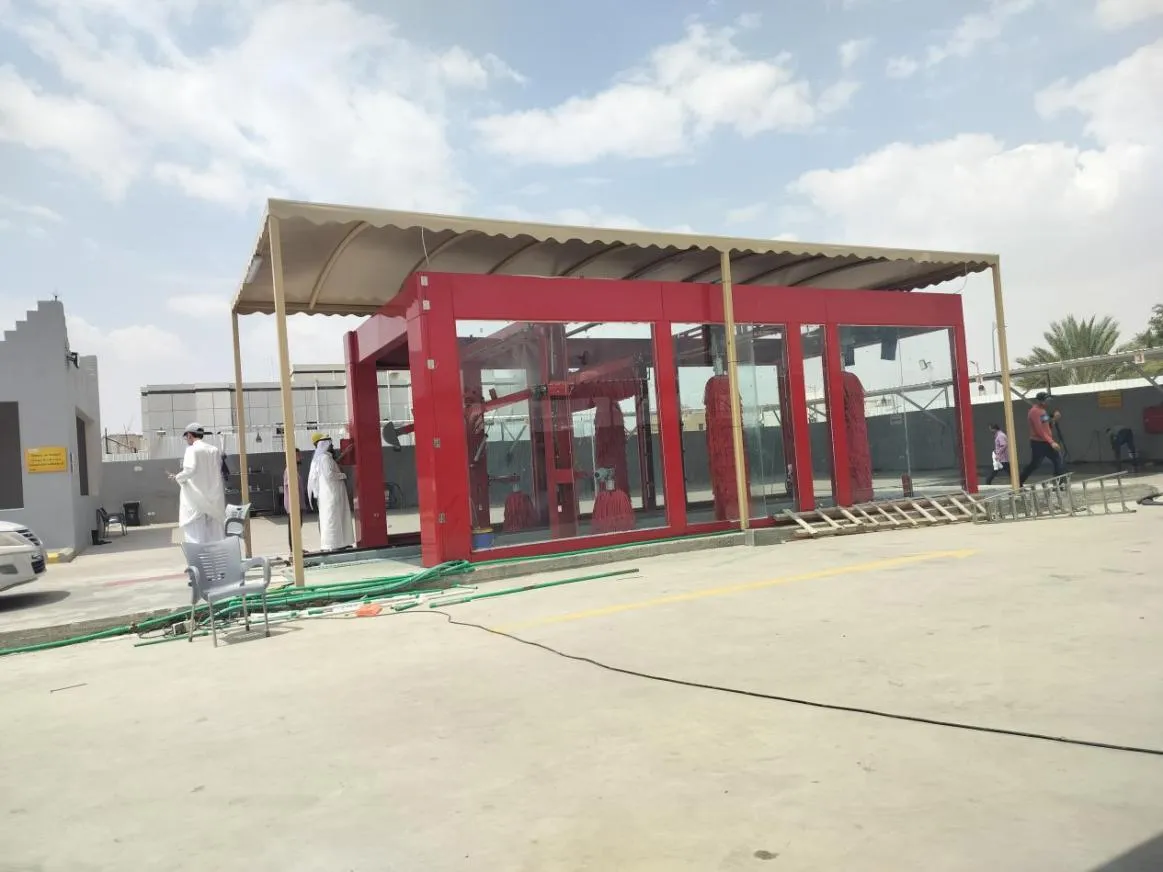
- Afrikaans
- Albanian
- Amharic
- Arabic
- Armenian
- Azerbaijani
- Basque
- Belarusian
- Bengali
- Bosnian
- Bulgarian
- Catalan
- Cebuano
- Corsican
- Croatian
- Czech
- Danish
- Dutch
- English
- Esperanto
- Estonian
- Finnish
- French
- Frisian
- Galician
- Georgian
- German
- Greek
- Gujarati
- Haitian Creole
- hausa
- hawaiian
- Hebrew
- Hindi
- Miao
- Hungarian
- Icelandic
- igbo
- Indonesian
- irish
- Italian
- Japanese
- Javanese
- Kannada
- kazakh
- Khmer
- Rwandese
- Korean
- Kurdish
- Kyrgyz
- Lao
- Latin
- Latvian
- Lithuanian
- Luxembourgish
- Macedonian
- Malgashi
- Malay
- Malayalam
- Maltese
- Maori
- Marathi
- Mongolian
- Myanmar
- Nepali
- Norwegian
- Norwegian
- Occitan
- Pashto
- Persian
- Polish
- Portuguese
- Punjabi
- Romanian
- Russian
- Samoan
- Scottish Gaelic
- Serbian
- Sesotho
- Shona
- Sindhi
- Sinhala
- Slovak
- Slovenian
- Somali
- Spanish
- Sundanese
- Swahili
- Swedish
- Tagalog
- Tajik
- Tamil
- Tatar
- Telugu
- Thai
- Turkish
- Turkmen
- Ukrainian
- Urdu
- Uighur
- Uzbek
- Vietnamese
- Welsh
- Bantu
- Yiddish
- Yoruba
Efficient Hydraulic Ramp Solutions for Car Washing and Maintenance Services
The Advantages of Using a Hydraulic Ramp for Car Washing
In the automotive service industry, efficiency and convenience are paramount. Whether it's a routine wash or a detailed detailing job, having the right equipment can make a significant difference in the quality of service provided. One key piece of equipment that is gaining popularity in car washing facilities is the hydraulic ramp. This innovative tool not only streamlines the washing process but also enhances safety and ergonomics for workers.
Understanding Hydraulic Ramps
A hydraulic ramp is designed to elevate vehicles with the help of hydraulic power. This technology utilizes hydraulic cylinders that lift and lower the ramp, allowing vehicles to be positioned at an optimal height for washing. Unlike traditional ramps or lifts, hydraulic ramps offer smooth, controlled movements, which reduces the risk of accidents and mechanical failures.
Increased Efficiency
One of the primary benefits of using a hydraulic ramp in a car wash is the boost in efficiency. When vehicles are lifted to an ideal height, workers can easily access all parts of the car, including hard-to-reach areas beneath the chassis. This accessibility allows for a more thorough cleaning, resulting in higher customer satisfaction. Additionally, the time taken to wash each vehicle can be significantly reduced, allowing car wash operators to handle more vehicles in a given time frame.
Enhanced Safety
Safety is a critical consideration in any car wash environment. Traditional manual lifting systems can be cumbersome and pose risks to workers if not used properly. Hydraulic ramps, on the other hand, minimize these risks. Since the lifting and lowering processes are automated, the potential for human error is drastically reduced. Workers can focus on the task at hand without worrying about the physical strain of manual lifting and positioning.
car washing hydraulic ramp

Furthermore, hydraulic ramps are equipped with safety features, such as emergency stop buttons and safety locks, which prevent accidental descents. This added layer of security ensures that both workers and vehicles are protected during the washing process.
Ergonomic Benefits
Ergonomics plays a crucial role in worker productivity and health. Car washing is labor-intensive, and employees often find themselves in awkward positions while working on vehicles. Hydraulic ramps address this issue by allowing workers to operate at a comfortable height. This not only reduces physical strain and fatigue but also lowers the likelihood of long-term injuries caused by repetitive lifting and bending.
With less physical strain, employees can maintain higher energy levels throughout their shifts, resulting in better service quality and increased job satisfaction. When workers are comfortable and healthy, they are likely to perform their tasks more effectively.
Cost-Effectiveness
While the initial investment in hydraulic ramps may be higher than traditional systems, the long-term savings are undeniable. The efficiency gains translate into lower labor costs, as fewer workers are needed to achieve the same output. Moreover, the durability of hydraulic systems often leads to reduced maintenance and repair expenses, making them a wise investment for car wash owners.
Conclusion
In conclusion, hydraulic ramps represent a significant advancement in the car washing industry. Their efficiency, enhanced safety features, ergonomic benefits, and long-term cost-effectiveness make them an attractive option for modern car wash facilities. As the automotive service landscape continues to evolve, adopting innovative technologies like hydraulic ramps will undoubtedly help car wash operators stay competitive and meet the demands of their customers. Embracing such advancements ensures not only a more efficient working environment but also a commitment to providing high-quality service that sets one apart in the industry.
-
Integrating Aqua Tunnel Car Wash in Shopping CentersNewsJun.24,2025
-
Gas Station with an Auto Car Wash MachineNewsJun.24,2025
-
Efficiency in Your Aqua Tunnel Car Wash: Power & Water-SavingNewsJun.24,2025
-
Car Wash Business with Advanced Auto Car Cleaning MachinesNewsJun.24,2025
-
Balancing Setup Costs with Aqua Tunnel Car WashNewsJun.24,2025
-
Aqua Tunnel Car Wash: Eco-Design for the Energy-Savvy EntrepreneurNewsJun.24,2025



